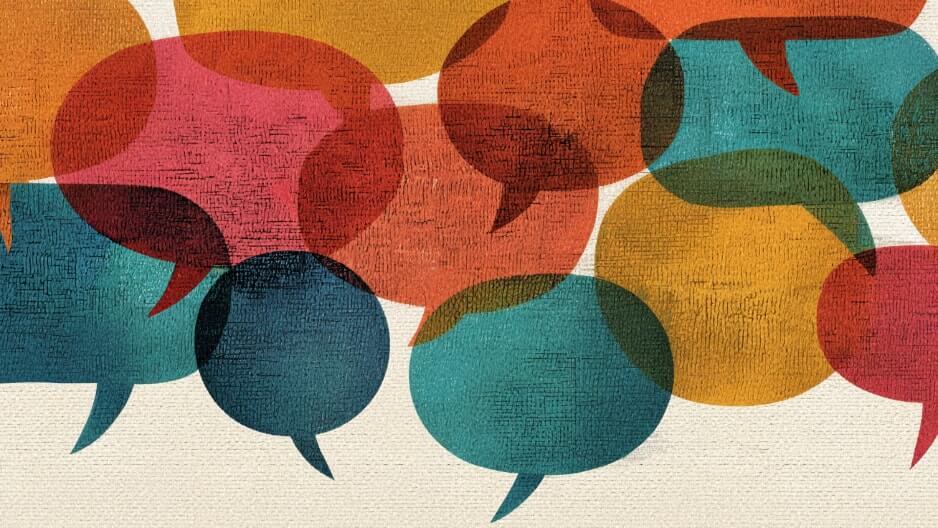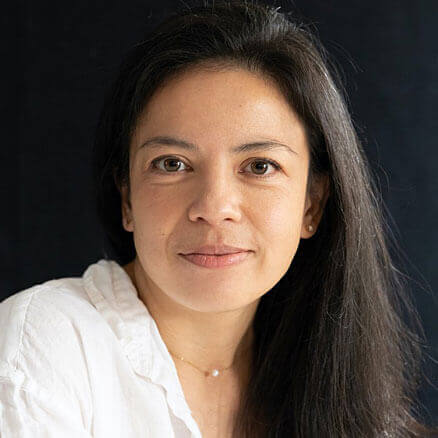The Sustaining Power of Conversation
Why Artist-to-Artist Dialogue Matters
By Mary Prescott
• 6 minute read
In early August of 2021, I received an email from NPN’s Director of National Programs, Stanlyn Brevé, with the subject line, “You are eligible for support to attend the artist workshop ‘Sustaining in a Time of Change.’”
The email read:
“This workshop is based on a book by artist Andrew Simonet, entitled, Making Your Life as an Artist. ‘It is an opportunity to build clarity around your artistic practice and the resources that sustain it. It is specific and practical: the principles, tools, and prompts artists use to make balanced, sustainable lives, and to create the art and impact that matters most to them.’”
The workshop would entail 4 weekly video conferences of 2 hours each.
“Hmmm…” and “Ugh…,” I thought simultaneously.
Even though things had slightly begun to open up again, we were still in the middle of the pandemic, and most of my artistic and professional activities were already relegated to online platforms. I was tired of it. Although virtual meetings had been promoted as a way to create connection and help restore the life that COVID had diminished, in reality they did little more than remind me how lonely I was, and how useless it felt to invest energy into a then-nebulous performance career. To interrupt my day with yet another exhausting, psychologically depleting Zoom meeting did not feel like something I wanted to commit myself to.
And yet, NPN had always been incredibly supportive, both before and throughout the pandemic, and I knew them to offer only excellent resources. Since NPN offered to cover the nominal registration fee, I tentatively clicked one of the links in the email, “Making Your Life as an Artist,” with a glimmer of curiosity amidst my skepticism.
In all honesty, I fully expected to be confronted with a collection of overly optimistic self-help mantras and sickly saccharine positive affirmations. Instead, I was met with what felt like genuine gratitude, followed by some very real, very difficult questions I had also been asking:
“Thank you. Thank you for being an artist. Thank you for making your work. Thank you for choosing a life which can be hard, and hard to explain. Why is it so hard? Why are so many talented artists exhausted and broke? Making Your Life as an Artist looks at the challenges artists face.”
I was relieved to find that nothing on the page dismissed my struggles and uncertainties with low-vibrating aphorisms. Instead, it validated how I actually felt: that it is hard to be an artist. But it didn’t present the situation as hopeless, either. Rather, it described how we would dive into artists’ realities and address their issues with practical field experience and strategies from peers.
I decided to look more deeply into Artists U, the organization that would be leading the workshop. Its co-founding director, Andrew Simonet, had spent years working with artists to inform a program that would address the core issues impacting artists’ sustainability: time, money, planning, and mission. After digging through the rest of Artists U’s website and getting comfortable with their realistic, artist-centered approach, I thought, “Well, what the heck! I’ll give it a shot.”
It’s hard to recall exactly what my first Artists U workshop was like, perhaps because now I can’t imagine not having the tools and community I got from the experience. I do remember being a little intimidated by the others in my first group, which was fairly large with something like 60 artists. I am generally shy in big Zoom rooms and find it tricky to find the right moment to assert myself through unreadable, digitized social cues. The group had a lot of well-established artists whose names I recognized, too, and I thought for a moment that I might be in over my head.
Once we got into the swing of things, though, I quickly became glad that I had joined. This was real talk with real tools and real people. In addition to the abundant practical information that Andrew and his co-facilitator, Michaela Pilar Brown, offered, I felt nourished and validated by the other participants’ perspectives and the art that they shared.
I emailed Stanlyn after that first workshop gushing about how meaningful it was for me, how I’d learned so much, and how it had so quickly shifted my ways of thinking and working for the better.
Shortly thereafter, I started an Artists U Working Group of my own with a few colleagues. And when NPN offered the workshop again a year later, I immediately jumped on the opportunity to go for a third round. Once I was in, I wanted to be certain that I would always have an artist community like this to be a part of.
Not long after that, Stanlyn, Andrew, and Michaela invited me and another participant, NPN Southern Programs Take Notice Fund awardee Courtney Young, to host a series of follow up sessions for attendees who wanted more time to gather and share. Our group was a lot smaller, which gave us the opportunity to get to know each other better, and the space to have even more dynamic and intimate dialogue.
A few months later, Courtney and I joined Andrew and Michaela in co-facilitating Artists U’s Projects Club. Projects Club, defined widely, was a nine month long, once-a-month series of conversations around what participants were specifically working toward, and was “a chance to not do it alone.” Artists’ projects varied wildly, from people looking for balance when returning to their practice after a long time away, to getting out of debt. After the gestational nine months of conversation and introspection, my own project of wanting to create with less stress and more ease, had, in fact, seen a significant breakthrough.
In all of these conversations, it is noteworthy to say that there was never any performative energy in these rooms. Andrew and Michaela cultivated the space to be artist led and centered, and free of hierarchy. No one was there to sell themselves or their wares to anyone else — no one was pitching. We were there to learn from, build community for, and provide support to one another; and, simply, to hear each other as we voiced our needs, concerns, joys, and sometimes despair. There was always abundant room for vulnerability and making mistakes. The honest dialogue that is essential to movement-building was ever present in each Artists U session.
And let me be clear: movement-building is what Artists U does.
Through the development process of continuous, long-term conversations, our online community strategized, deepened, and flourished. It gave each of us a place and the space to imagine not only our individual futures, but sustainable futures for our broader communities, both within and outside of the arts. Our conversations gave us the collective ideas, feedback, and energies we needed to move our needles forward. And in large and small ways, this has enabled us to kick down doors and build bridges in an arts industry that needs to be challenged.
In 2023, I was appointed to the NPN Board of Directors. This, along with having been part of eight Artists U workshops since 2021 (including three that I led independently — Artists U is open source!), gave me insight into how I might liaise between artists and organizations, and help cultivate partnership and understanding between these bodies.
With everything I’ve learned and continue to learn through my involvement, I feel immense gratitude, along with a responsibility to be a part of this relationship- and movement-building.
Of course, I know none of this is done alone. So, I invite anyone, you, with curiosity and a desire to challenge, change, and grow, to join me for the next NPN offerings of Artists U for what will be their 19th year of potent, powerful conversation.

Learn more about how Artists U helps artists connect and share:
“‘Sheesh. Amen.’ The Power of Artist-to-Artist Conversations”
By Andrew Simonet, Artist U Founder and Director
About Mary Prescott
NPN Board Member Mary Prescott is a Thai-American interdisciplinary artist, composer, and pianist who explores the foundations and facets of identity and social conditions through experiential performance. She aims to foster understanding and create pathways for change by voicing emotional and human truths through artistic investigation and dissemination. Mary’s output includes several large-scale interdisciplinary works, improvised music, opera, sound journaling, film music, and solo and chamber concert works.
(Photo: Bill Phelps)
